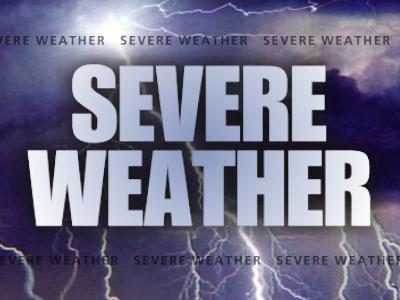Thursday, December 5, 7 PM
A special Holiday performance by the acclaimed Bronx Opera Company, featuring arias and duets from classic operas, along with seasonal carols and traditional favorites.
Wed., Dec. 11, 1 PM
Our mid week lunch time concert series continues with a performance of Celtic Harp Music, by the Westchester Harp Ensemble, including holiday selections.
Sat. Dec. 14, open from noon to 4 PM
A full afternoon of programming begins at noon with Wreaths Across America, remembering American Service members buried at St. Paul’s, organized by the Civil Air Patrol. At 1 PM, learn about the historical development of Christmas as a holiday in America, and at 2 PM, enjoy a performance of Holiday music, featuring Alyssa Reit on Harp and Peter Reit on French Horn, along with trombone and group chorus on seasonal carols.
Sunday, Dec. 22, 2 PM
Holiday Organ Concert, on the 1830 Erben, with concert organist in residence Kathryn Jones, accompanied by soprano. Classical and seasonal selections. Arrive early at 1:15 PM for a performance in the museum of the traditional Christmas play, St. George and the Dragon.






